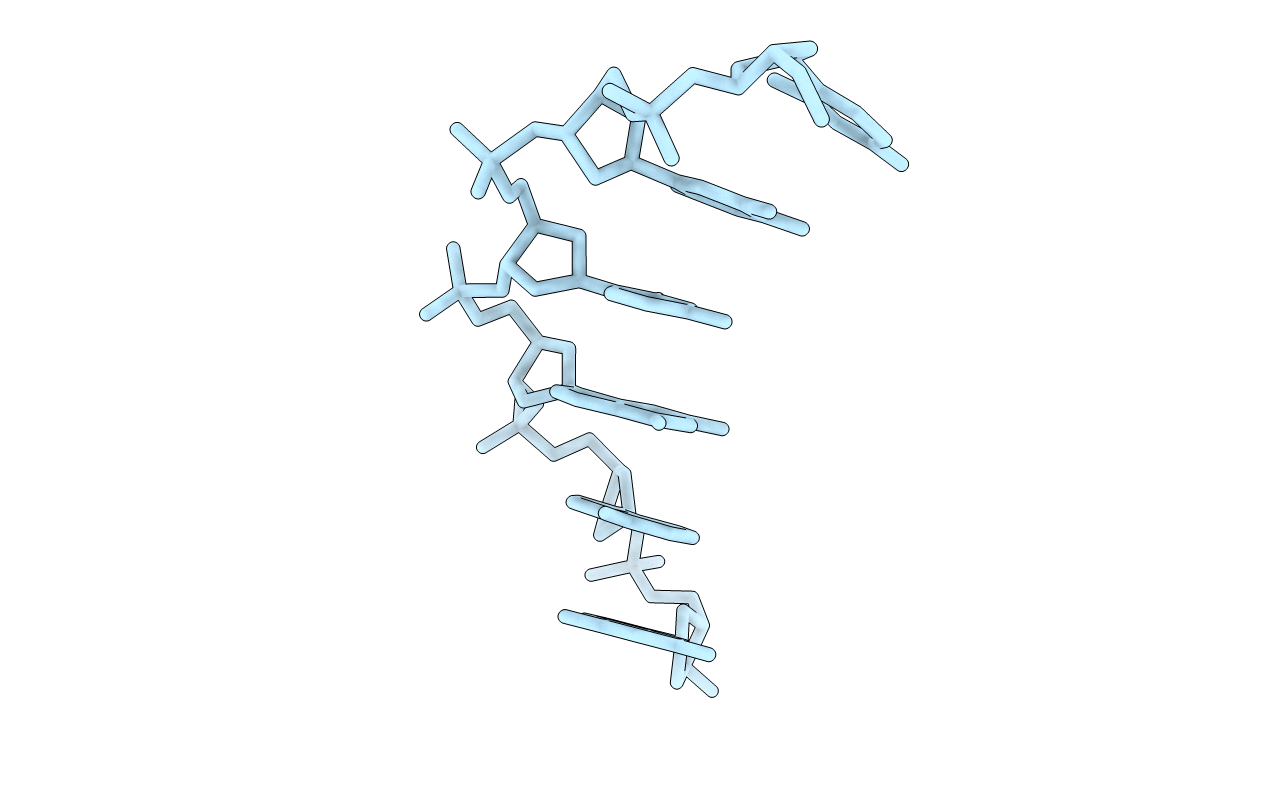
Deposition Date
1996-03-01
Release Date
1996-06-27
Last Version Date
2024-02-14
Entry Detail
Biological Source:
Source Organism:
Method Details:
Experimental Method:
Resolution:
1.90 Å
R-Value Work:
0.18
R-Value Observed:
0.18
Space Group:
P 62 2 2


